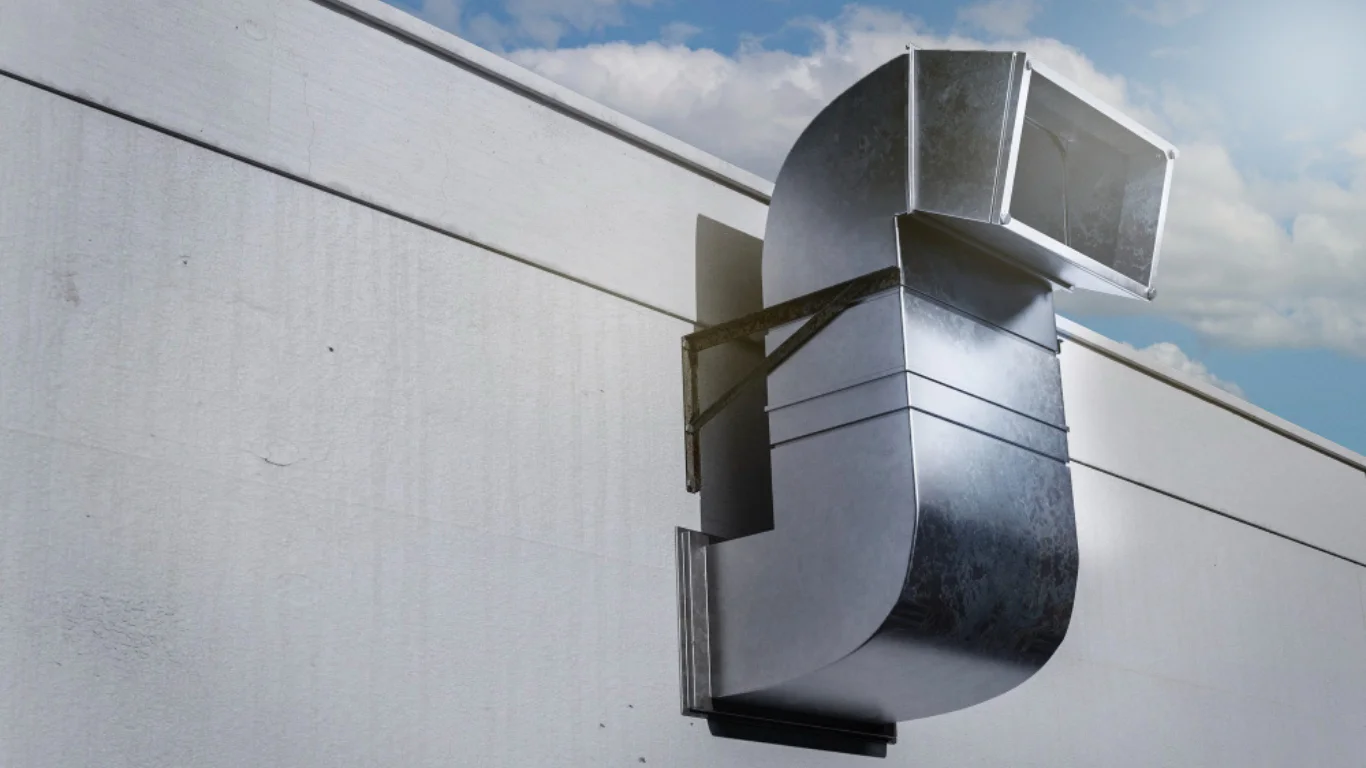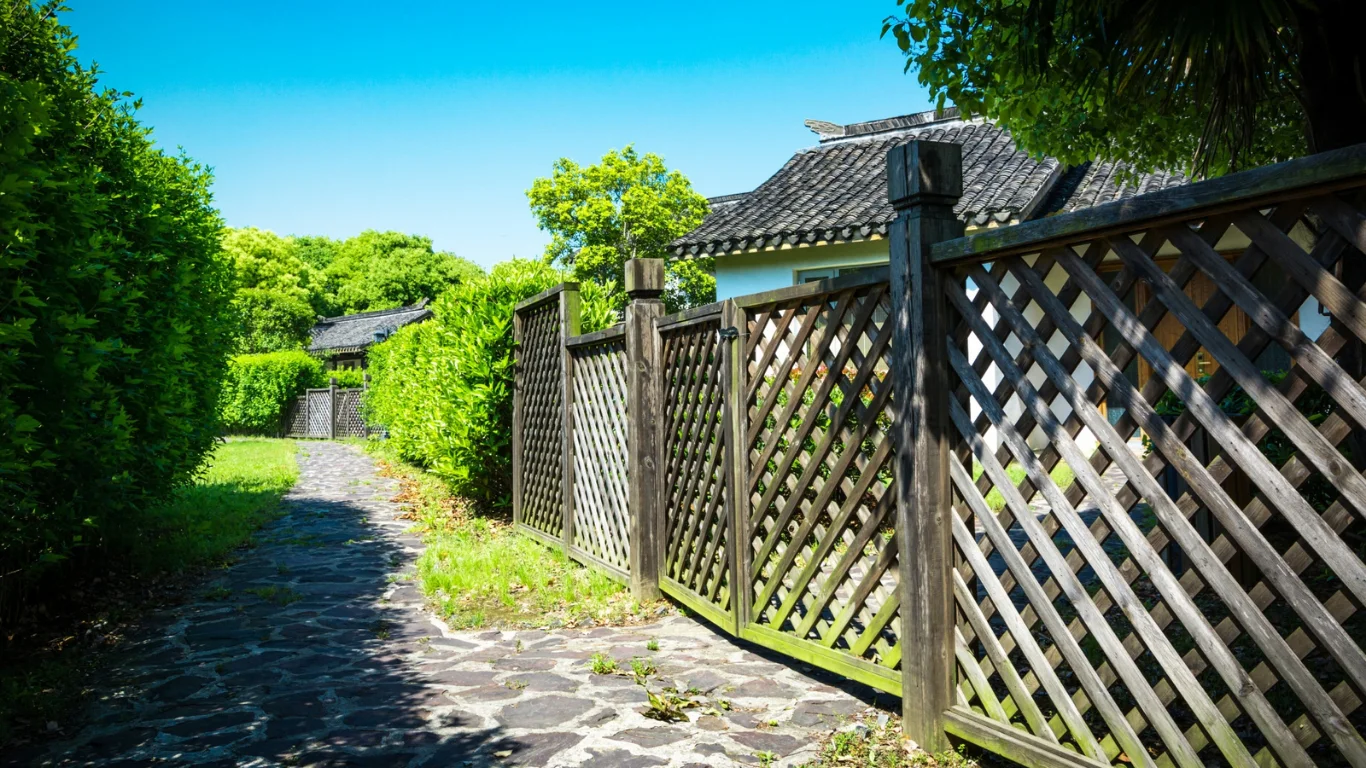An open gap in a basement wall can waste energy. These gaps are often behind drywalls. You can also find them in unfinished areas. They let heated or cooled air out. They also let outside air in. This makes the heating and cooling system work harder and struggle to keep a comfortable indoor temperature.
This is not just a small draft. It is a constant leak that costs money. Residents pay good money to condition interior temperatures. An insulated access panel is a simple solution that is easy to install. This panel can improve energy efficiency and keep indoor spaces comfortable without going overboard with spending.
Finding Gaps in Basements
Home and building owners often miss important issues in their basements. This can lead to serious problems if left unaddressed. For this reason, contractors and maintenance staff must check for any uninsulated or open holes. Pay special attention to areas where utilities and structural features enter the home.
Cold walls or floors may mean poor insulation. This is especially true near the rim joist. A musty smell or condensation can be an indicator of moisture issues and air leaks. These issues can cause mold and poor air quality indoors, which can have adverse effects on the building users and occupants.
Air leaks around pipes or wires can needlessly but significantly increase utility costs. This makes the heating and cooling systems work double time. Sealing these leaks will help save money on energy consumption as it helps lessen the workload on HVAC systems.
Pests can also get inside through small cracks in the foundation and other parts of the building, including access points. Sealing these openings will help keep them out.
Checking the basement for gaps and weak spots is important. It improves indoor comfort and overall energy efficiency. It also keeps living spaces healthier and safer by providing better indoor air quality.
Consequences of Uninsulated Gaps
Uninsulated gaps create drafts that will cost you. This is called thermal bridging. It lets warm air escape in the winter and lets cool air out in the summer. An unsealed one-square-foot space can cost hundreds of dollars in losses each year. The gaps overwork the HVAC system, which in turn raises utility bills.
Sudden temperature changes can also cause mold and mildew growth. This harms indoor air quality and can make building users and occupants sick.
Using Insulated Access Panels Effectively
An insulated access panel can solve moisture and energy loss problems behind basement walls. A strong gasket seal around the door creates an airtight barrier, improving HVAC efficiency and reducing energy costs.
The seal’s insulation also prevents heat from escaping and keeps moisture out. This improves the HVAC’s overall performance. The seal also reduces condensation.
The panel’s strong build paired with an airtight seal also keeps out rats, insects, and other pests, helping prevent infestations.
Insulated access panels do more than save energy and prevent pests. They also make a home look better. The sleek design improves a room’s look and improves its function as it gives easy access to plumbing, wiring, and ducts hidden behind walls and ceilings.
Choosing and Installing the Right Panel
Basements need an insulated access panel for maintenance work. Contractors should tell home and building owners about key things to consider. This helps them make smarter decisions.
It is important to choose gaskets that create a snug fit. It is also vital to choose insulation with a high R-value. These options effectively block drafts, moisture, and pests from coming in.
Contractors must also install the insulation correctly to improve moisture resistance and heat retention. Proper installation is very important so make sure to focus on quality workmanship throughout the process. This type of commitment to excellence will help prevent future problems and create more comfortable indoor spaces.
The Installation Process
Installing an insulated access panel requires careful attention. A qualified specialist first prepares the area. They use a stud finder to find any cables or pipes within the wall. Next, they mark the cutting area and double-check the space to make sure it is ready for installation.
The specialist then frames the opening. They use a saw to create level, straight cuts. This alignment ensures a strong, airtight seal when the panel is fitted.
The worker then checks if the opening is level. They use screws to secure the frame to the wall for added stability.
Finally, the installation is sealed and finished. The installer uses caulk or drywall compound to seal gaps around the frame. Doing this also creates a smooth, seamless finish around the panel.
Maintenance
High-quality insulated access doors and panels need little maintenance. A few simple checks can help them last longer.
You should lightly oil hinges and latches twice a year. A silicone spray can also reduce wear and tear.
Also, regularly check the sealant and gaskets for damage. If you see any issues, have a professional replace them stat. This prompt response can save you money on energy consumption in the long run, as well as prevent moisture problems.
Finally, clean the panel surface with mild soap and water. This will ensure it works properly and looks good for a long time.
Simple Solutions for Energy Leaks
An energy leak in a basement can be hard to find. An insulated access panel can reduce leakage. Check for a musty smell. Feel for cold walls. Watch for higher energy bills. Pests can also point to hidden gaps in the area.
Insulated access panels are a great solution for both residential and non-residential buildings. They offer excellent insulation and a tight seal, which improves energy efficiency and lowers utility costs.







